 5-star Fitness
5-star Fitness
 5-star Fitness
5-star Fitness
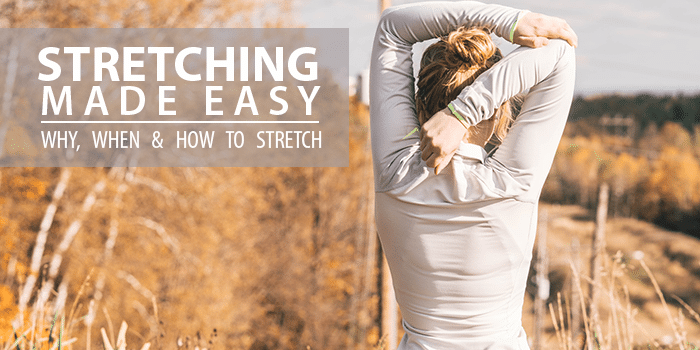
At one point or another, you’ve heard it—if you want to increase flexibility, prevent injuries and relax muscles, you have to stretch. But what may come as a surprise to you is that stretching has been scrutinized lately. Some studies have shown that static stretching may negatively impact power before an exercise such as sprinting or lifting weights. There are also studies showing this type of stretching can increase chance of injury and effect performance, especially when it’s done before a workout.
| So What is Static Stretching? And Should You Avoid It?
Static stretching is the type of stretching you’re probably more familiar with. It’s when a stretch is held at the first point of resistance for 20-60 seconds with the goal of increasing joint range of motion. This long duration hold allows for the relaxation and elongation of the muscle and connective tissues, which causes mechanical and neurological adaptations.
Research has conflicting evidence on the use of static stretching prior to activity to enhance performance and decrease injury. Stretching prior to activity ensures sufficient range of motion at the joints in order to perform optimally and decreases muscle stiffness to prevent injuries. However, studies show that static stretching before exercise will lead to a loss of strength in the muscle after the stretch is completed. If that’s a little confusing, just remember these facts of static stretching:
Benefits of Static Stretching:
· Increased range of motion
· Corrects muscle imbalances
· Easy and safe to do on your own
· Great for general aches and pain
When to Avoid Static Stretching:
· Before an intense/explosive cardio activity
· Before weight lifting
| The Other Form of Stretching You Might Not be Doing
To avoid possible stretch-induced strength-loss, include dynamic stretching before activity. This type of stretching starts from the joint’s neutral position. A slow movement occurs in the limb to its end range, and then slowly returns to the neutral position with an eccentric contraction. This contraction allows the lengthening muscle to relax. Move through your dynamic stretching using a challenging, but comfortable range of motion repeatedly, usually 10-12 times. Each movement should be controlled, smooth, and deliberate.
Dynamic stretching improves functional range of motion and mobility in sports as well as everyday activities—a real win-win situation, so make sure to build it in before your workout! Check out all of the perks you can experience from dynamic stretching:
| Benefits of Dynamic Stretching
· Increase blood flow
· Increase range of motion
· Increased power
· Improved balance and coordination
· More efficient neuromuscular activation
· Increased speed of contraction
· Improvements in mental prepare
| Dynamic stretching focuses on many different muscle groups at one time, giving you a more well-rounded warm-up. Try the following dynamic stretches to get a nice stretch and also raise heart rate as the blood begins to flow to all parts of the body:
• LEG SWINGS
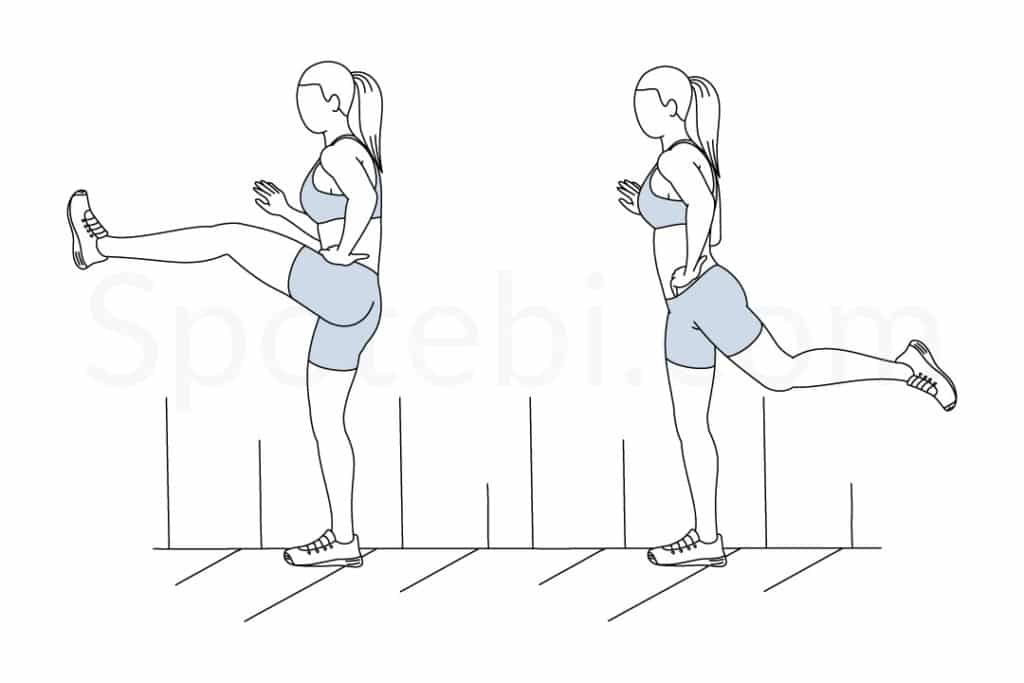
• LUNGES WITH TORSO ROTATION
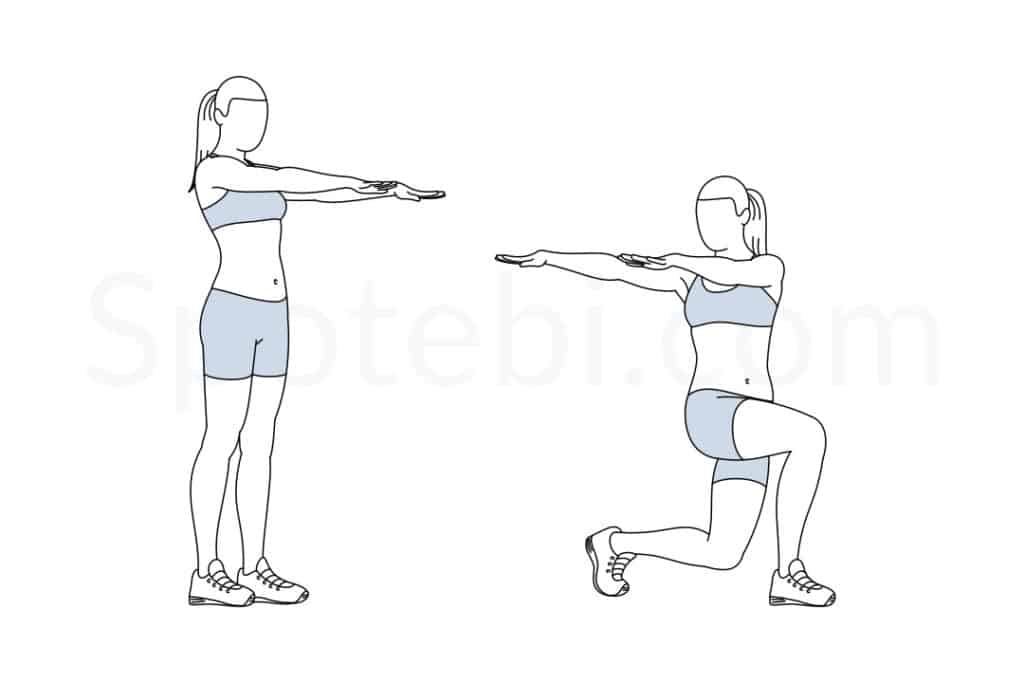
• ARM CIRCLES
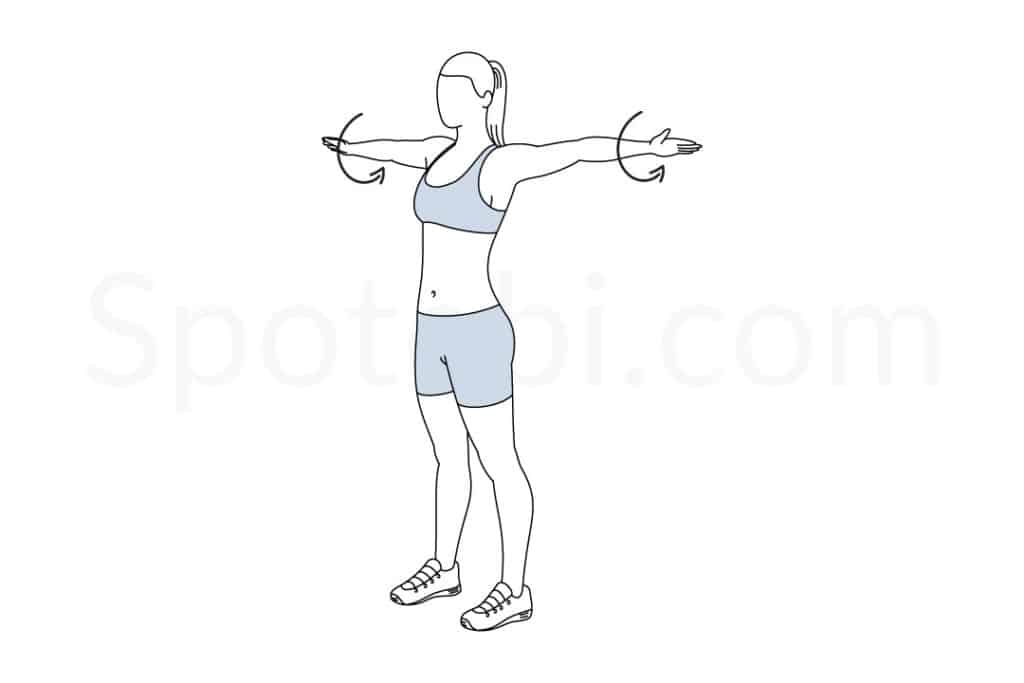
• JUMP LUNGES
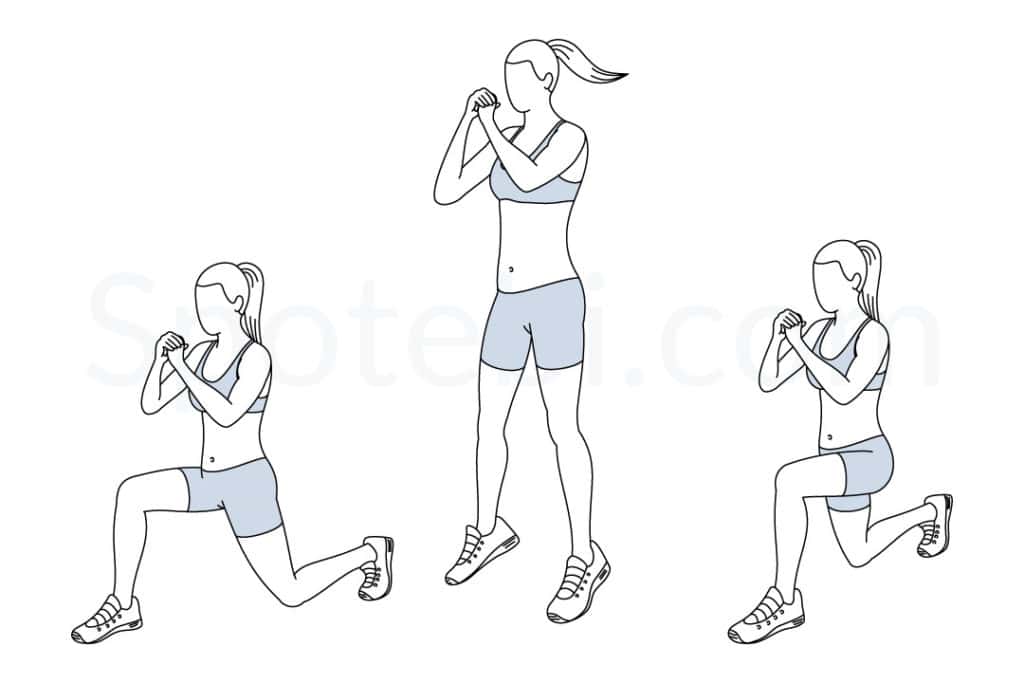
• INCH WORMS
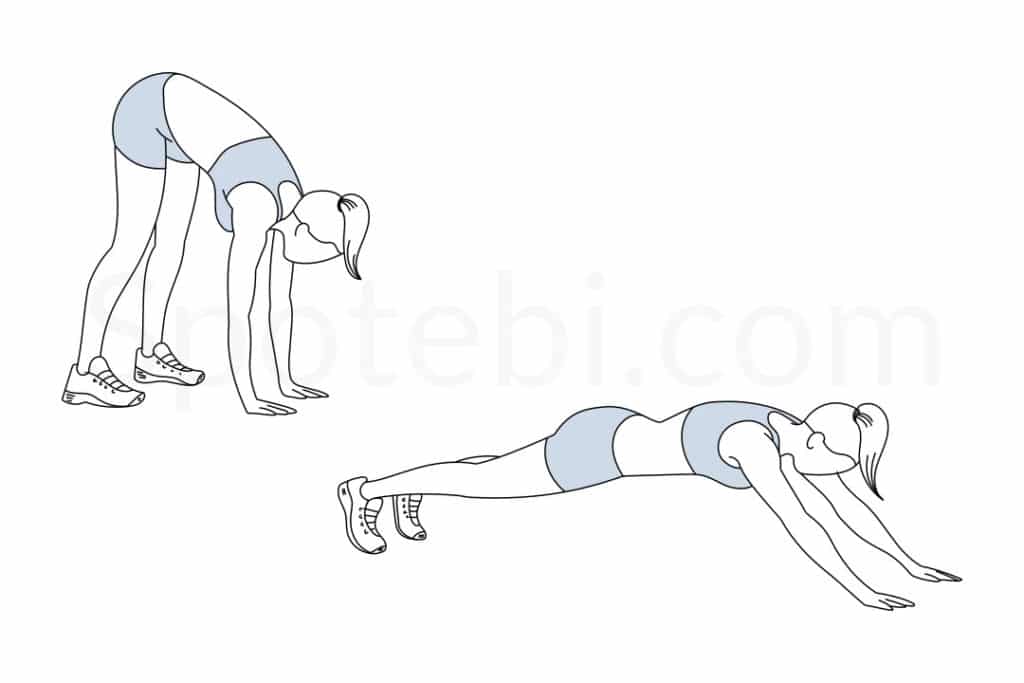
• HIGH KNEES
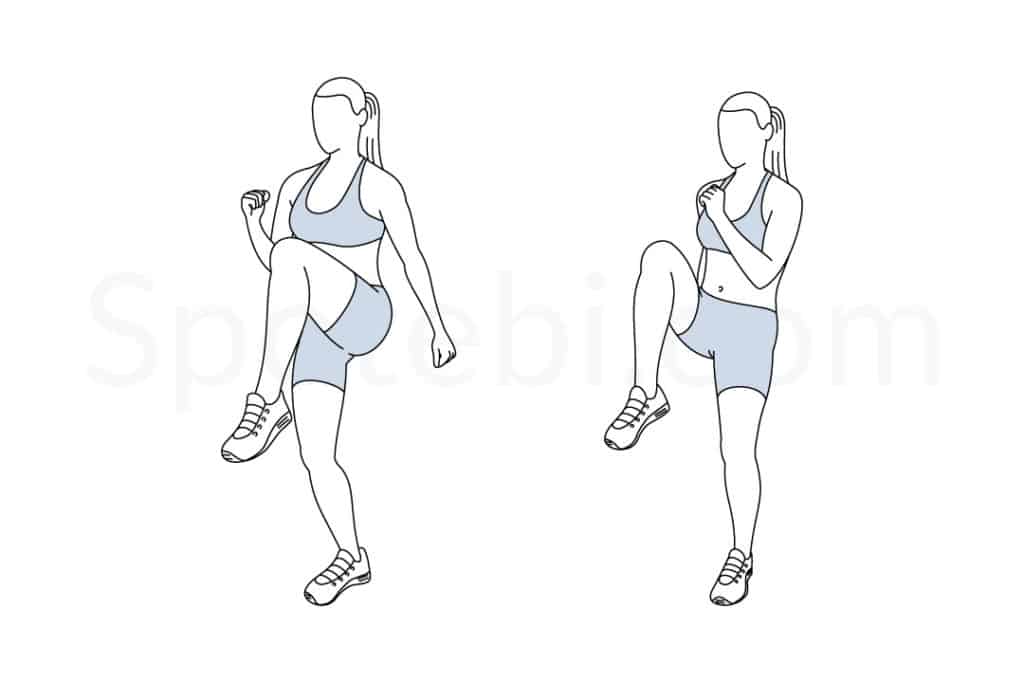
| Your Pre and Post Workout Stretch Plan
So overall, static stretching alone prior to activity is not advisable and dynamic movement is a better option. Your warm up should consist of easy movement drills to elevate your body’s core temperature and dynamic stretches to get your body ready for exercise. Include static stretching after your workout as a part of the cool-down process. Don’t have time to include static stretching at the end of your workout? Then try a yoga class instead!